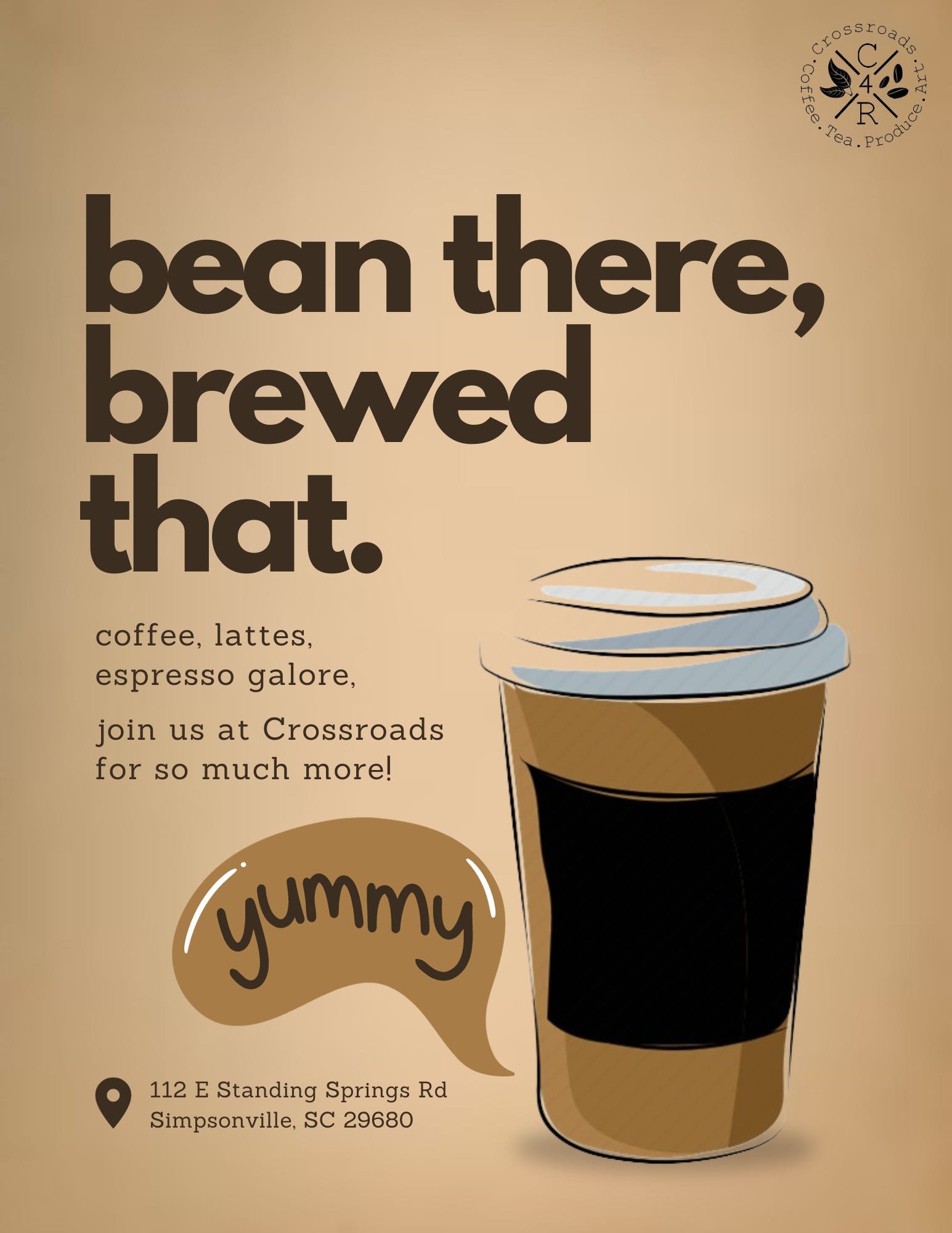
portfolio
I took a month to explore the dynamic craft of copywriting, learning the art of using words to connect, influence, and leave a lasting impact. This page is a reflection of that journey, highlighting everything I’ve learned and created along the way.
To begin, I grasped the fundamentals of copywriting.
From my perspective, copywriting is more than just words on paper—it's the art of sparking desire, igniting curiosity, and inspiring action through the skillful use of language. It’s about weaving compelling stories that not only capture attention but also build connections, leading people to think, feel, and act in ways that align with your message. It’s the tool that transforms a blank page into a dynamic narrative, painting vivid imagery with carefully chosen words that resonate with the audience.
These words have the power to shape perceptions, influence behavior, and ultimately drive results. Understanding how people think, make decisions, and the psychological triggers behind their actions is key to crafting effective copy.
Wait, psychology plays a role in copywriting? Yes! Psychology plays a significant role in copywriting. It’s not just about choosing the right words—it’s about leveraging deep insights into human behavior to create content that speaks directly to the audience's needs, desires, and emotions. By understanding what motivates people and tapping into their psychological drivers, you can craft messages that resonate on a much deeper level. This strategic approach leads to more impactful communication, fostering trust, and ultimately guiding individuals toward taking the desired action, whether it's making a purchase, signing up, or engaging further. The fusion of psychology and persuasive writing creates a powerful engine for influencing decisions and achieving goals.
psychology in copywriting
psychology in copywriting
Great copywriting taps into human psychology to drive action. From social proof to urgency, psychological triggers influence every decision. This blog explores 20 powerful tactics to craft compelling, high-converting copy.
As I continued learning, I found myself navigating the fine line between good and bad copy. The difference? Good copy captivates, communicates clearly, and compels the audience to take action, while bad copy fails to engage or persuade. To refine my skills, I immersed myself in two key exercises that deepened my understanding of effective messaging.
First, I studied the article "16 Best Copywriting Ads," critically analyzing each advertisement to uncover the techniques that made them successful. I examined their use of emotional appeal, strong calls to action, and compelling storytelling—essential elements that differentiate powerful copy from forgettable content.
Second, I explored "Harry Dry's Copywriting Examples." But who is Harry Dry? A highly respected marketing expert, Dry is known for breaking down what makes copy successful through real-world examples. By dissecting his comparisons of good and bad copy, I gained valuable insights into the shades of tone, structure, and persuasion. This exercise reinforced my ability to craft copy that not only informs but also engages and motivates an audience to respond.
best copywriting ads
harry dry’s copywriting examples
As I concluded my first week, I realized that mastering copywriting isn’t just about studying—it’s about practice. One of the most effective techniques for internalizing great copy is writing it out by hand. To reinforce my learning, I meticulously hand-copied a legendary print ad: David Ogilvy’s iconic Rolls-Royce advertisement.
This exercise allowed me to absorb the structure, rhythm, and persuasive techniques embedded in Ogilvy’s work. By engaging with the ad at a deeper level, I gained a firsthand appreciation for the craftsmanship behind high-impact copy and how each word plays a role in captivating the audience.
I explored copywriting principles and effective welcome emails.
As I advanced in my study of copywriting, I came to understand that writing effective copy goes beyond creativity—it requires a solid grasp of the underlying principles, often referred to as “The Laws of Copywriting.”
What are these laws? Developed by the renowned David Ogilvy, these guidelines serve as a framework for creating persuasive and impactful copy. Ogilvy’s laws emphasize the importance of conducting thorough research, ensuring clarity in communication, crafting customer-centric messages, and the continuous process of testing and refining copy to optimize its effectiveness. These principles are fundamental to writing copy that not only captures attention but also drives action and delivers results.
the laws of copywriting
the laws of copywriting
In marketing, persuasive writing is key to a successful campaign. It’s about understanding behavior, inspiring action, and crafting messages that resonate. This blog covers ten essential copywriting laws to help you create compelling content that converts.
With a strong foundation in the copywriting laws, I shifted my focus to studying welcome emails—an essential yet often overlooked aspect of email marketing. A welcome email is the first communication a new subscriber receives after signing up for a service, newsletter, or platform. Its purpose is not only to introduce the brand but also to create a lasting first impression and foster initial engagement with the subscriber.
To better understand the mechanics of effective welcome emails, I immersed myself in various newsletters. I spent time researching and narrowing down my options, eventually subscribing to two well-regarded Substack bloggers: Extra Focus and Beyond Self Improvement. After signing up, I eagerly awaited the arrival of their welcome emails.
When the emails appeared in my inbox, I analyzed each one with a critical eye, paying attention to their tone, structure, and messaging. I focused on understanding how they welcomed new subscribers, how they set the tone for future communications, and how they incorporated calls to action or incentives for continued engagement. Through this exercise, I aimed to identify best practices and gain valuable insights into crafting my own effective welcome emails that could build strong relationships from the very first message.
welcome email breakdowns
welcome email breakdowns
A great welcome email sets the tone for your subscribers' journey, fostering engagement, trust, and action. This post analyzes two welcome emails, highlighting their strengths, areas for improvement, and effectiveness to help you craft the perfect introduction.
After thoroughly analyzing and comparing the key elements of effective welcome emails, I applied my findings to craft one of my own. Drawing inspiration from Mitchell's "Welcome Email Copywriting Breakdown," I focused on writing with authenticity and ensuring a personal touch throughout. My goal was to make the email feel genuine and engaging from the start, which would resonate with the recipient.
I carefully structured the email to include several strategic components: a friendly, lowercase subject line to make it stand out in a crowded inbox; an honest introduction that reassures the reader that I’m a real person; a clear explanation of what they can expect moving forward; and an easy opt-out option to respect their preferences. Additionally, I incorporated a compelling call-to-action (CTA) that encourages engagement, a personal sign-off to create a connection, and even included a picture of myself to further humanize the message and build trust.
By combining these elements, I aimed to create a warm, inviting welcome email that not only informs but also strengthens the relationship with new subscribers from the moment they join.
substack welcome email
substack welcome email
This blog delves into the process of creating a welcome email that’s engaging, professional, and true to my personality. It’s designed to set the tone for future content and make new subscribers feel right at home.
I took my copywriting skills to new heights.
Mastering copywriting has the potential to take your career—and even your life—to new heights. To truly grasp its transformative power, I immersed myself in stories of individuals who have used copywriting to propel their careers, launch successful businesses, and achieve financial independence. Through various podcasts, videos, and blogs, I explored these real-world examples, gaining valuable insights into how effective copy can create opportunities and drive success.
As I engaged with each resource, I meticulously recorded my key takeaways, focusing on strategies and techniques that contributed to their achievements. This not only deepened my understanding of copywriting but also helped me identify practical ways to apply these principles in my own journey. By learning from those who have leveraged copywriting to unlock their potential, I’m now better equipped to harness its power for personal and professional growth.
level up with copywriting
level up with copywriting
Copywriting is essential for influencing people and driving action. This post highlights key lessons on mastering the skill, maintaining daily discipline, and leveraging content to unlock opportunities in business and personal branding.
As I delved further into the world of copywriting, I discovered a new set of tools—not the traditional hammer, screwdriver, or wrench, but innovative tech tools like Grammarly and ChatGPT. These tools, while digital, have the potential to significantly transform our work and enhance our creative processes. They assist in identifying errors, improving grammar, and fine-tuning tone, all while helping us develop a unique, authentic writing style.
To better understand the power of these tools, I decided to put them to the test. I used ChatGPT to refine some of my previous work, including a company blog mockup and an older Instagram post. By applying these tools, I was able to evaluate how effectively they could enhance my writing, ensuring greater clarity, precision, and engagement. This hands-on approach allowed me to experience firsthand how these tech tools can streamline the writing process, elevate content quality, and support the development of a more polished and professional voice.
reviving the past: mocking up old content
reviving the past: mocking up old content
In this blog, I share my journey of improving my copywriting skills by creating two mockups with the help of AI tools like ChatGPT. These examples highlight how technology can elevate writing to be both clear and compelling.
With all the knowledge I’ve acquired in copywriting so far, I was eager to put it into practice by analyzing a website that exemplifies strong copywriting. After conducting thorough research, I chose BarkBox for its exceptional and impactful copy. But what defines strong copy? It’s content that effectively fulfills its intended purpose—it engages the audience, resonates with their needs and desires, and compels them to take specific actions.
Strong copy isn’t just about crafting persuasive sentences; it’s about understanding the audience and creating messaging that speaks directly to their emotions and motivations. In the case of BarkBox, the copy seamlessly communicates the brand’s value, builds trust with potential customers, and drives conversions. By examining this website, I gained valuable insights into how well-executed copy can connect with its audience on a deeper level, ultimately leading to stronger brand engagement and increased sales.
web copy breakdown
web copy breakdown
This post examines how BarkBox uses website copy to build its brand, engage customers, and drive conversions. It highlights key elements—like playful branding, emotional appeal, and clear CTAs—while offering insights into areas for improvement.
Next, I applied my copywriting skills by designing a one-page advertisement for a nearby small business. After reviewing a list I had compiled during the content marketing module, I decided to focus on Crossroads, a local coffee shop. To ensure the advertisement would resonate with its target audience, I conducted thorough research on Crossroads. This research offered valuable insights into their range of products, services, and the unique aspects of their brand that set them apart from competitors.
By understanding their offerings and the essence of their business, I was able to craft compelling and targeted content for the flyer. The goal was to highlight what makes Crossroads special—whether it’s their artisanal coffee blends, cozy atmosphere, or community-focused values—and encourage potential customers to visit. Through this process, I gained a deeper appreciation for how well-researched, tailored content can help small businesses effectively communicate their message and connect with their audience.
simple ad copy
simple ad copy
In a world saturated with ads, standing out is an art. For Crossroads 4 Coffee and Tea, storytelling and connection bring the café’s authentic essence to life. This blog explores how Crossroads blends coffee, community, and a curated menu to create an inviting space for all.
Drawing on my knowledge, research efforts, and the tools at hand, I successfully designed a professional flyer through Canva!
crossroads flyer
crossroads flyer
I conclude my journey.
This deep dive into copywriting has revealed its true transformative power—it's not just text on a page; it's the language that ignites desires, influences decisions, and shapes the world we navigate. Through this journey, I've gained invaluable insights, honed essential skills, and acquired powerful tools that empower me to continue growing, no matter the path I choose.














